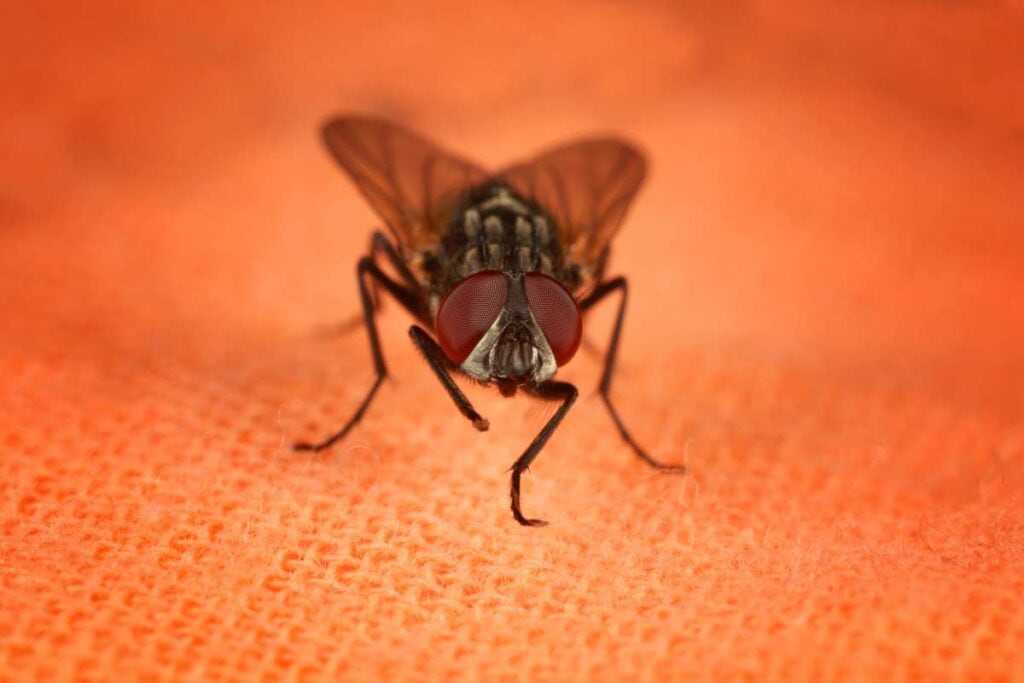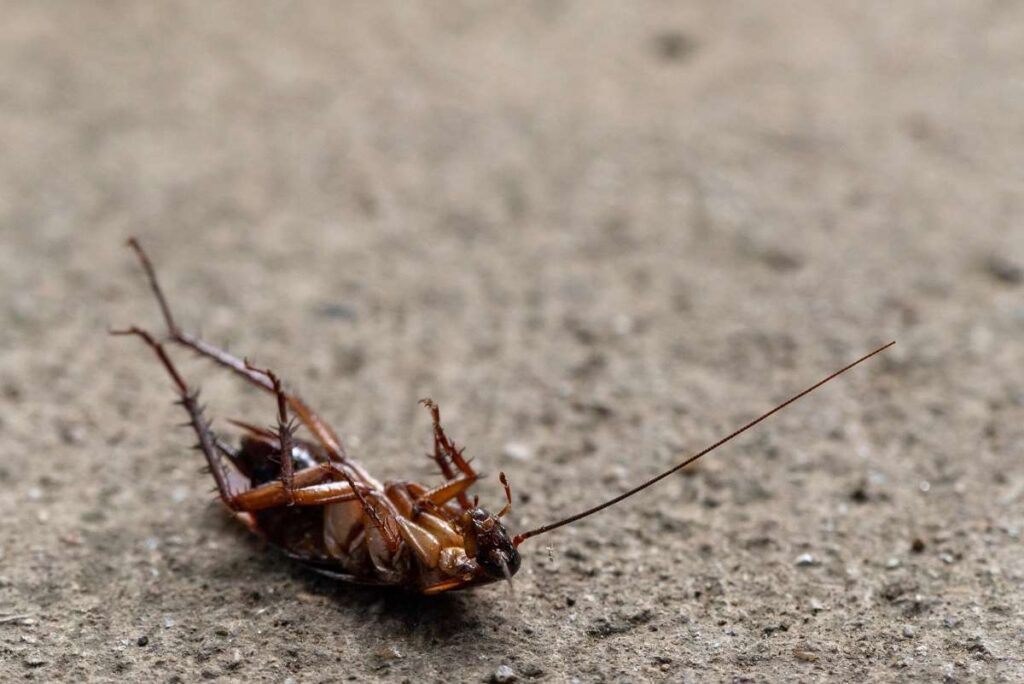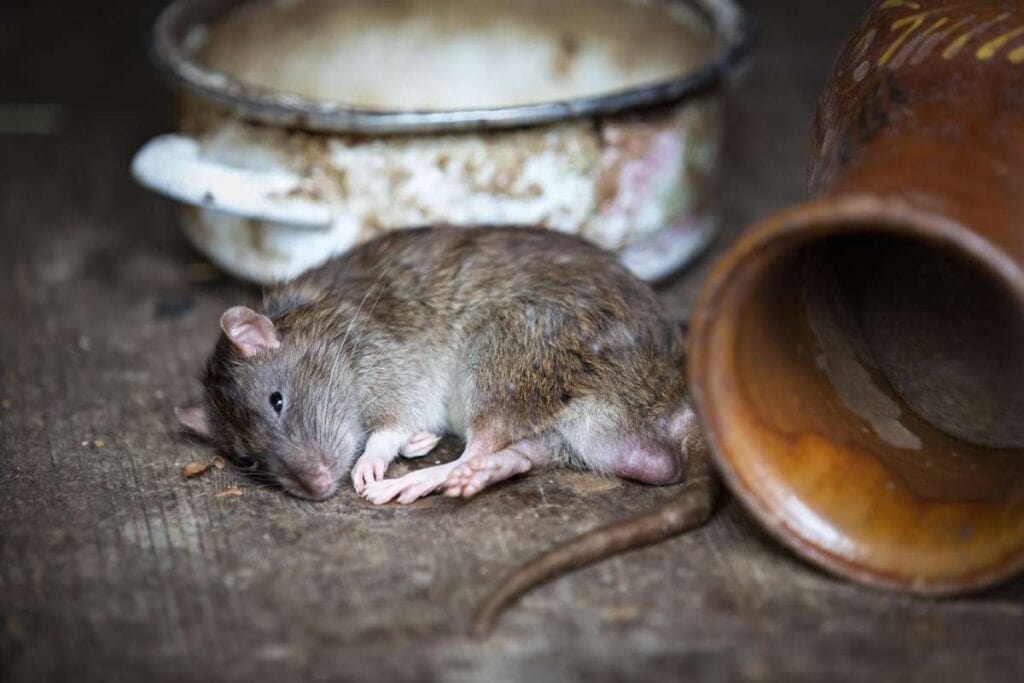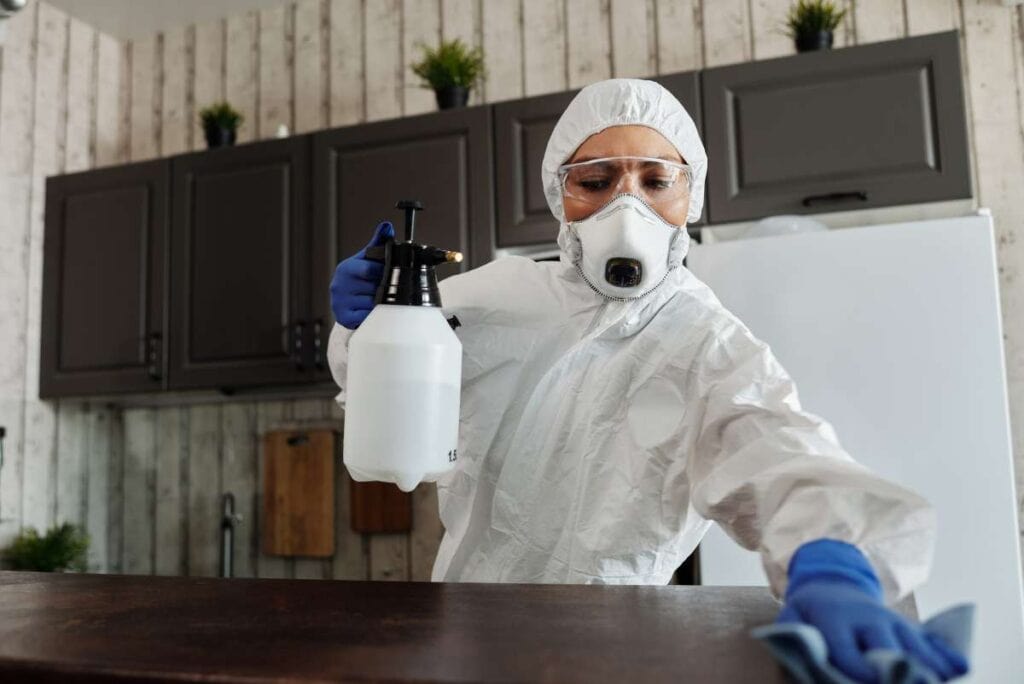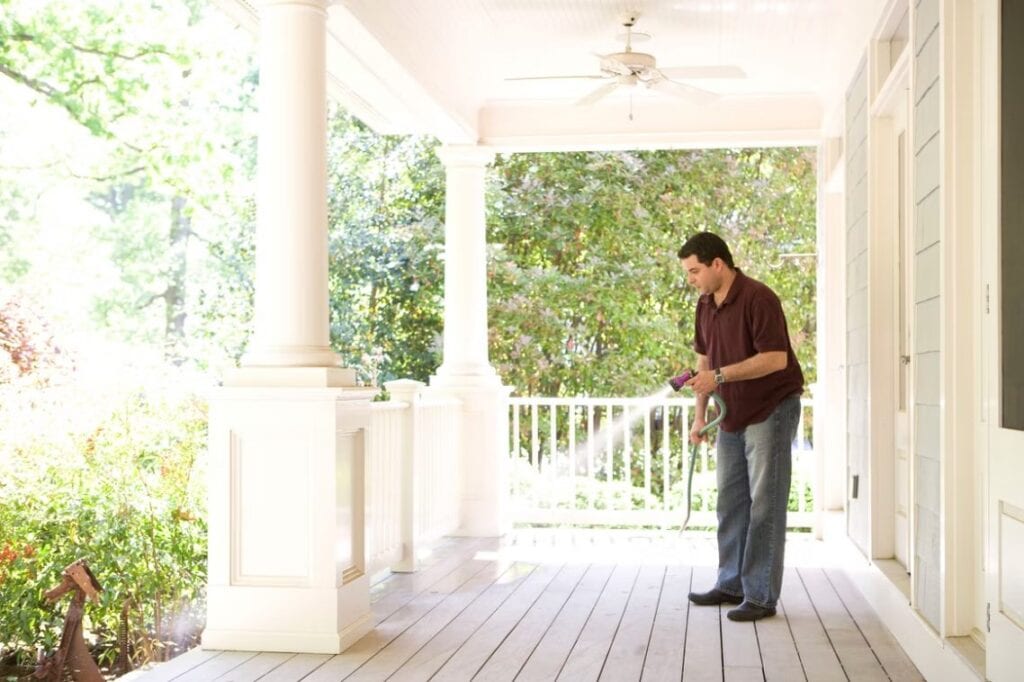Perhaps you have been trying to find out how to make your home bug-proof. It's a valid concern, given the significance of keeping unwanted visitors like bugs and rodents out of your home and away from your family. There are a variety of approaches to take, with some being more fruitful than others.
Common Mistakes To Avoid
Not Fixing Water Leaks
Dryness is a priority for your home's foundation, window wells, and other exposed structural components. Rodger warns that termites, in particular, are attracted to damp areas.
Mosquitoes don't need much water to start a new generation; they rarely travel more than a few hundred feet.
Allowing Mulch
Pine straw can be a lifesaver when moisture retention is an issue in your yard. However, the dampness creates an ideal habitat outside your home for insects to breed.
Removing just two inches of mulch and pine straw around the perimeter of the house can help keep pests at bay. Treat the exposed dirt around the edge for added protection with your pest control agent of choice.
Clutter Against The Outside Of The House
Spiders, centipedes, millipedes, and other insects are drawn to piles of firewood, blocks, brick, and other outdoor debris, and stucco that extends to the ground paves the way.
A clean, clutter-free yard with regularly cut grass and well-maintained bushes will deter pests.
Ignoring Window And Door Upkeep
Caulking the frames of doors and windows and installing screens can prevent common household pests from entering the home.
Lights Left On Outside The House
For example, "You know how moths like to hang out near bright lights, and spiders build their webs on your porch? As Rodger pointed out, many different kinds of insects, including spiders and moths, are drawn to the patio by the light from your fixtures.
You can expect an increase in the number of insects entering your home in search of sustenance, safety, or hydration if the lights outside are close to any doors or windows.
You might want to change the bulbs in your porch lights if you've noticed an increase in the number of bugs hanging around them. According to a recent study, you may reduce an abundance of bugs congregating around your front door by switching to LEDs with a warmer temperature.
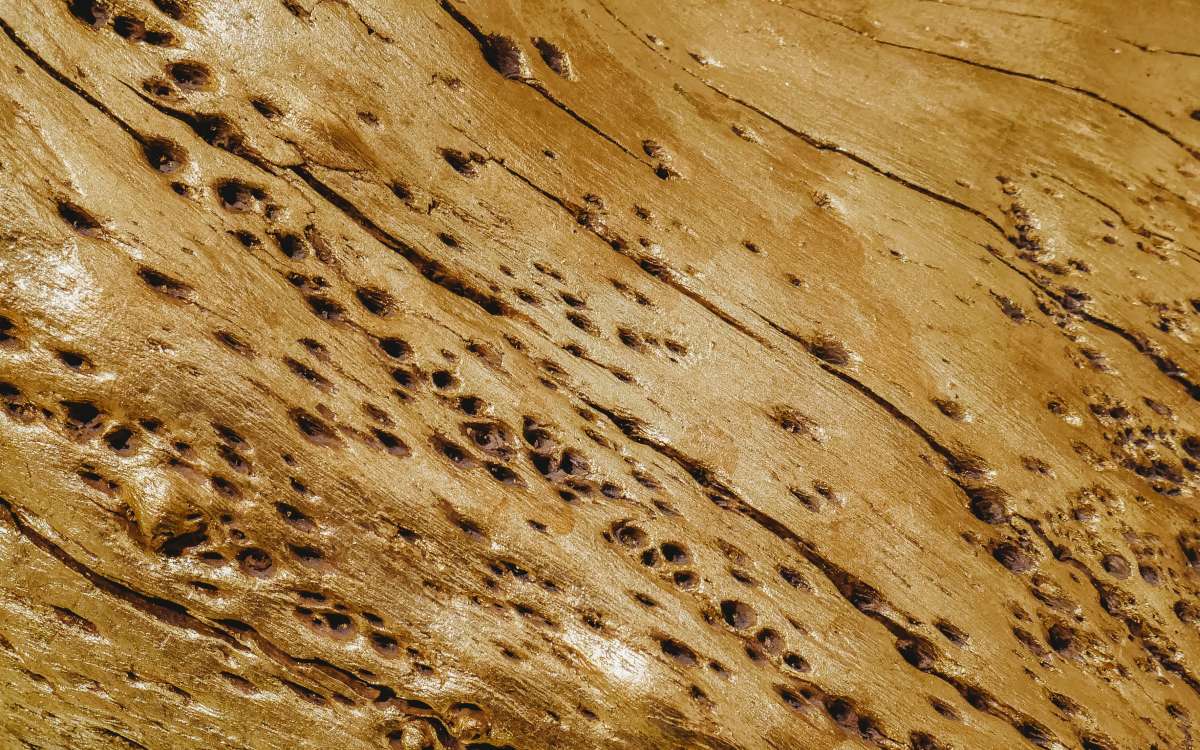
You may be unfamiliar with the appearance of a warm LED bulb. You can find LED bulbs with a colour temperature between 2,700 and 3,000 Kelvin at your neighbourhood hardware store. It's a gentle, slightly yellowish light. An excellent LED has a colour temperature of 5,000 Kelvin or higher and produces a dazzling, bluish-white light.
Don't neglect your home's lamps because you're concerned about the outside lights. Having lamps near windows, which can be another entry point, is a surefire way to attract unwanted pests inside.
Feeding A Dog Out Of An Open Container
Bags of pet food, especially cat and dog food, are frequent offenders. You could try transferring the pet food from the bags to sealed containers. Don't leave plates with leftovers out the night before, and clean up any messes you make as best possible.
Let The Garbage Out
Get trash cans with lids and always make sure they're shut when not in use. In this case, leaving the top on the floor is not a good idea.
We Must End Our Support For Pests In This Way
It would help if you avoided pests and rodents at all costs.
All living things, including humans, are drawn to things that make their lives easier: food, water, and shelter. Unfortunately, these items are frequently discovered inside people's homes. When repairs are put off, and maintenance is neglected, it opens the door for pests like bugs and rodents.
Dripping Crawlspace
If your basement is leaking, it's more than just an annoyance. Standing water is a magnet for mosquitoes, rats, snakes, and other unwelcome visitors. Humidity from a flooded basement invites dangerous pests like termites and fungus, which can cause expensive structural damage.
Inspecting the grading and downspouts is important to ensure that water is not collecting near your home's foundation. Fixing issues with windows and sump pumps, among other potential leak sources, should be a priority.
Rain Gutter Blockage
Water can pool close to the roof line if the gutters are clogged. Aside from the obvious structural issues, blocked drains can also serve as a breeding ground for pests like insects and snakes.
In the spring, clear out your gutters to prevent pests like ants, earwigs, and slugs from setting up camp there (and after leaf drop in the fall). Mounting gutter guards could be helpful as well.
Excessive Moisture In The Air
Pests like ants, cockroaches, and silverfish thrive in damp environments. They thrive in moist, humid climates like those created by leaky pipes, clogged drains, or bathrooms with insufficient ventilation. Get a dehumidifier going in those areas while you're at it, and don't wait to fix the leaks and cracks that have formed there.
Putting Out The Trash And Recycling
Garbage cans are a magnet for vermin because of the leftover food inside. Keeping trash in airtight bags and out of reach of pests is a must. If you currently use an open-top kerbside recycling container, we recommend switching to a container with a lid.
Pests Are Attracted To Poorly Maintained Landscapes
Overgrown grass and bushes offer a haven to rodents, insects, and other critters you should not invite inside. While these creatures have complete freedom to explore their natural habitat, you can deter them from entering your home by maintaining a neat lawn and avoiding planting any bushes or trees too close to the foundation.
Unclean Grill
Ants, flies, and wasps are drawn to food being prepared and consumed in the open air, but the grease and scraps left on the grill afterwards can attract even more unwanted guests, such as mice and rats. The outdoor grilling area should be cleaned after the picnic is over.
Inadequately Cleaned Dishes
Insects and rodents will find their way into your home if there is even a crumb of food left out, and your dirty dishes will serve as an open invitation. Doing the dishes after each meal will help keep your kitchen free of pests like ants and mice. While you're at it, clean the sinks, stoves, and countertops.
Composting
Although composting is a great way to reuse organic materials, it also attracts pests that dine on the compost pile's contents. Use a closed composting system to keep pests out and outdoor compost piles at least 50 feet from the house's foundation. To avoid an unpleasant odour, compost only vegetable and fruit scraps; never meat, dairy, or fatty foods.
Kitchen-Top Goods
While it's true that some fruits and vegetables keep longer when left out of the fridge, the bad news is that leaving ripening fruit out on the counter can attract fruit flies. Don't let the fruit sit out for too long before eating it, and throw away leftovers and peels after each meal to keep the fly population down. If you cannot use all of your fresh produce before it spoils, try freezing it for later use in smoothies or baked goods.
Siding Holes
A mouse can enter through a quarter-sized hole. Gaps under the door or holes in the siding provide easy access. At least twice a year, check the siding on your home, paying particular attention to any joints, trim, or places where the siding meets masonry. Seal any holes or cracks with some steel wool, silicone caulk, or expandable foam sealant.
Roof Leaks
You can ask any local rodents, such as squirrels, bats, or mice if your attic is an ideal place to start a family. Animals are drawn to the safety and shelter that people's homes offer. Who or what is letting them in? Flaps in the fascia or soffit, spaces between the fascia and eaves, unscreened gable or ridge vents, and missing shingles are potential points of entry. If you want to keep animals out of your home, you should check these spots once a year and ensure your roof is in good shape.
Broken Or Missing Door Sweeps
DIYers can easily instal door sweeps at the bottom of their front, side, and rear entry doors, and the trim strips do more than reduce heating and cooling costs. Eliminate a potential pest entry point by replacing any worn or missing door sweeps.
Holes in window screens defeat their original purpose of keeping pesky insects out of the house for which they were initially designed. The screens on your windows should be checked yearly and fixed or replaced if necessary.
All-Weather Pets
Even if you give your dog or cat flea and tick prevention medication or use a flea and tick collar, they may still bring unwanted pests inside the house. Pets can be cute contributors to a pest problem, whether by accidentally bringing in a stink bug on their fur or by purposefully bringing in live rodents. Always keep an eye on your pet's whereabouts and inspect them upon returning home to prevent uninvited visitors.
Outdoor Lighting For The Patio And Garden
Bug zappers, despite their name, actually attract more insects than they kill. Outside motion-sensor security lighting is the better option. The motion-activated light saves energy and may deter threats and pests.
Foundation Cracks

Concrete slabs poured, or block foundations and even masonry veneers are subject to cracking. Small concrete cracks can let in insects and rodents. Once a year, inspect and repair your masonry.
Openings For Pipes And Cables
Numerous small holes are drilled in every house's basement, walls, and ceilings to accommodate the wiring for things like electricity, water, gas, and cable television. Pests can get in through cracks and crevices, so it's essential to check for them and seal them off with silicone caulk.
Cobweb-Free Chimneys
Check your chimney cap twice a year, in the spring and fall.
Disarray All-Around
A disorganised mess is difficult to clean and provides hiding places for insects and other pests. Silverfish and dust mites love to make a home in a stack of books or papers on an office desk. Squirrels, rats, and other small mammals will make nests in abandoned boxes in the attic or basement.
Broken Pipes
Water damage continues to occur even after a leak has been fixed. Mould and mildew thrive on wet wood and drywall, weakening the building materials. Termites, silverfish, and other insects that feed on decay eat the wasted materials. Stop these destructive pests in their tracks by fixing water damage as soon as it is discovered.
Firewood
You can attract rodents and other rodent-like creatures to stacks of firewood because of the organic matter they provide a habitat for. Never, ever store firewood inside your home, even for a few hours, if you want to keep the people who live in the woodpile out of yours. Firewood should be kept outside, away from the house, and off the ground.
Pet Treats And Bird Seed
Storage and feeding areas for pet and wild bird food are particularly vulnerable to rodent infestation. The odour of spoiled, spilt, or uneaten food attracts rodents like mice and rats.
Keep pet food and bird seed in airtight containers to stop pests from getting in. Don't leave food out all day for your pet; instead, feed them in the house at set times. Feed birds at least 50 feet from the home and sweep up spilt seed.
Houseplants are a great way to brighten up any room in the house, but they also pose a risk of inviting unwanted pests. Aphids are a common problem with houseplants but also serve as a magnet for ants. They secrete sugary nectar called honeydew, which attracts ants.
Your houseplants may have an aphid infestation if you see ants crawling around them.
LED Lights With A Bluer Cast
We already knew that you drew many insects to bright lights, but it turned out that some colours were more alluring than others. Many insects can only see in the ultraviolet, blue, and green spectrums, so they are drawn to the cooler tones of white and blue light.
Avoid using many types of LED bulbs because of their excellent white light if you have a problem with flying insects in your home. Instead, use any of the many warm-coloured light bulbs available.
Soiled Sheets
Even though it's not pleasant, the truth is that we all sweat, urinate, and lose a few strands of hair and skin every night. These linger on our bedding, encouraging the growth of bacteria that, in turn, draws in insects and other pests. You should wash the bedding regularly to avoid this. The Sleep Foundation suggests weekly laundry to prevent the spread of germs and bacteria.
Packaging Materials
It's common knowledge that termites prefer wood, but did you know they're drawn to cardboard, too? Termites are attracted to cardboard because, like wood, it is made of cellulose. Long-term storage of cardboard boxes, especially if they contain food or plant-based materials, can invite a termite infestation. Instead, plastic bins will keep pests out of your stuff.
Cooler Spaces with Less Money Spent on Air Conditioning When the temperature outside is high, keeping fans running can help keep the air circulating and cool down the room. As a pleasant side effect, fans and air circulators can help keep the flies away. A constantly moving fan can help keep your home fly-free as still air attracts flies.
Alcohol
Beer and wine are two of our favourite ways to relax, but they can also attract people we'd rather not have at our gatherings. Sugars in alcoholic beverages are a significant draw for many kinds of insects. Always replace the cork in an opened bottle of wine, and never leave a glass of beer out overnight.
Ensure you thoroughly clean up any drips or spills as soon as they happen if you make your wine or brew your beer.
Clogged Drains
Swarms of drain flies can be a real pain. These pests are attracted to the leftover food particles that accumulate in drains when regular cleaning is neglected.
Every two weeks, pour baking soda and vinegar down the drain and follow up with a rinse of boiling water to keep the pipes in your home free of buildup. The area should be cleaned and disinfected, making drain flies less likely to settle there.
Conclusion
Now the question is, how do you keep insects out of your house? It's possible to do a few crucial things. First, you should look for entry points into your home and ensure they are all sealed up. To prevent draughts, weather stripping and door sweeps on all exterior doors and windows should be used. Store perishables in airtight containers and drain any pools of water. These measures will lessen the likelihood of insect infestation in your home but will not eliminate it.
Content Summary
- Maybe you've been researching methods for preventing insect infestation in your house.
- On the other hand, the wetness outside your house is perfect for insect reproduction.
- Mulch and pine straw, if dug out to a depth of just two inches around the house, can be useful in warding off pests.
- If you have lights outside that are near a door or a window, you should expect a greater number of insects to enter your home seeking shelter, food, or water.
- It's possible you have never seen a warm LED bulb before.
- The lights outside shouldn't make you forget about the lighting inside the house.
- Rodents, insects, and other pests love to take refuge in overgrown grass and bushes.
- Maintaining a pest-free kitchen requires more than just wiping down counters and putting away food scraps.
- Put outdoor compost piles at least 50 feet from the house's foundation and use a closed composting system to keep pests out.
- Some fruits and vegetables do keep longer when not refrigerated, however ripening fruit left out on the counter will attract fruit flies.
- Holes in the wall or gaps under the door make it simple to sneak in.
- Repair or replace any broken or missing door sweeps to close off a potential insect access site.
- Motion-activated outdoor security lights are the superior choice.
- Inspect and fix any damaged masonry once a year.
- Instead, you could pick one of the several light bulbs with a warm colour temperature.
- Drain fly swarms are an annoyance.
- The problem now is how to prevent pests from entering the home.
- Mint can be used as a natural insect repellent instead of artificial sprays.
Frequently Asked Questions
Keep doors, windows, and vents shut. Automate door closing if possible. Caulk or cover other fly entry areas, such as vents, cracks, and holes in the siding, windows, or doors. Mesh vents.
You can try bug repellants and diffuser blends online.
Citronella oil, eucalyptus oil, and catnip oil are most repellent, but clove oil, patchouli, peppermint, and geranium are others.
Keep doors, windows, and vents shut. Automate door closing if possible. Caulk or cover other fly entry areas, such as vents, cracks, and holes in the siding, windows, or doors.
You can try bug repellants and diffuser blends online.
Citronella oil, eucalyptus oil, and catnip oil are most repellent, but clove oil, patchouli, peppermint, and geranium are others.
Mint oil repels insects. Instead of chemical-laden bug spray and insect repellents, try peppermint. Bugs hate peppermint.
Wall hollows are good for cockroaches and other bugs and animals.

